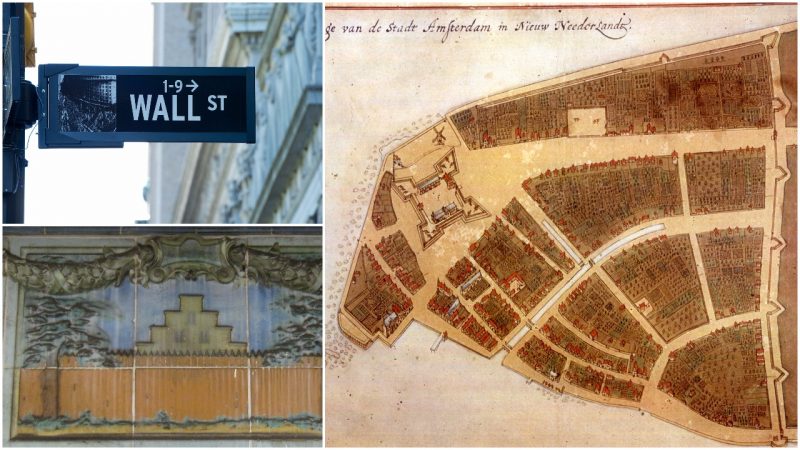Wall Street is often used as the metonym for the financial markets of the United States as a whole.
The street where money never sleeps has helped New York City to become one the most economically powerful cities and a leading global financial center.
Wall Street is a home to the world’s two largest stock exchanges by total market capitalization.
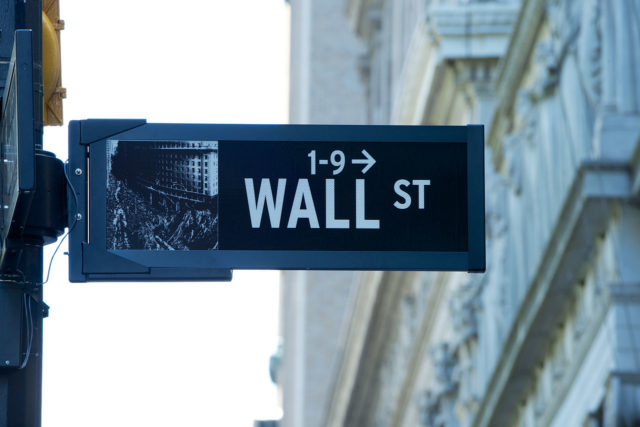
The history of Wall Street dates back to the Dutch settlers in the 17th Century. There are several varying accounts regarding the origin of the name the street.
The most widely accepted version claims that there was an earthen wall on the northern boundary of the New Amsterdam settlement, possibly to stop the English colonial encroachment or invasion by Native Americans, so the Dutch named it “de Walstraat”
Another story claims that the street was named after Walloons ( Dutch for Walloon is Waal). There were 30 Walloon families among the first settlers that embarked on the ship “Nieu Nederlandt” (New Netherland) in 1624. The Dutch word “wall” means “rampart.”
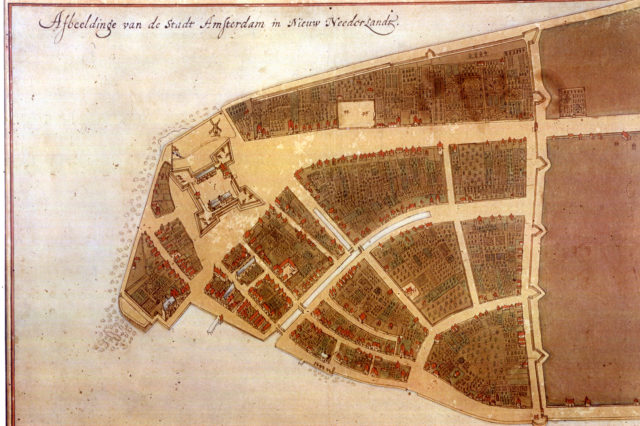
According to one version of the story:
The red people from Manhattan Island crossed to the mainland, where a treaty was made with the Dutch, and the place was therefore called the Pipe of Peace, in their language, Hoboken. But soon after that, the Dutch governor, Kieft, sent his men out there one night and massacred the entire population. Few of them escaped, but they spread the story of what had been done, and this did much to antagonize all the remaining tribes against all the white settlers. Shortly after, Nieuw Amsterdam erected a double palisade for defense against its now enraged red neighbors, and this remained for some time the northern limit of the Dutch city. The space between the former walls is now called Wall Street, and its spirit is still that of a bulwark against the people.
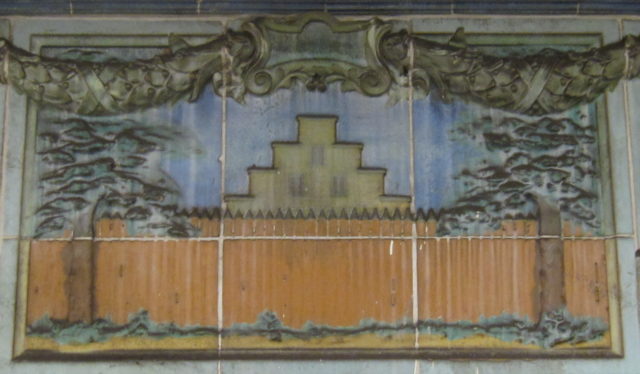
On the behalf of the Dutch West India Company in collaboration with the city government, arrangements were made for the construction of a new, more substantial fortification in the form of a 12-foot (4 m) wall, using African slaves and colonists as labor.
The wall stretched from Pearl Street, which was a shoreline, crossing the Indian path along Broadway and stopping at the other shoreline (Modern day Trinity Place) before taking a turn south, running along the shore until it ended at the old fort.
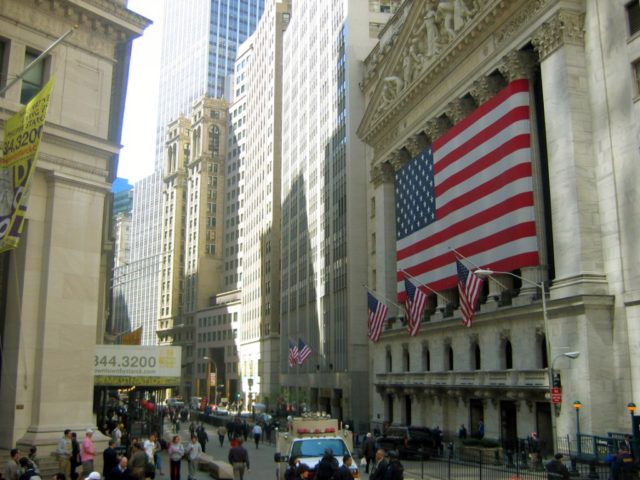
Local traders and merchants would gather at different places around the street, where they usually would sell and buy bonds and shares.
As time passed, they divided themselves into two classes: dealers and auctioneers. Wall Street was also a common marketplace where owners bought and sold slaves. In 1699 the wall was removed, but the name, however, stuck.
